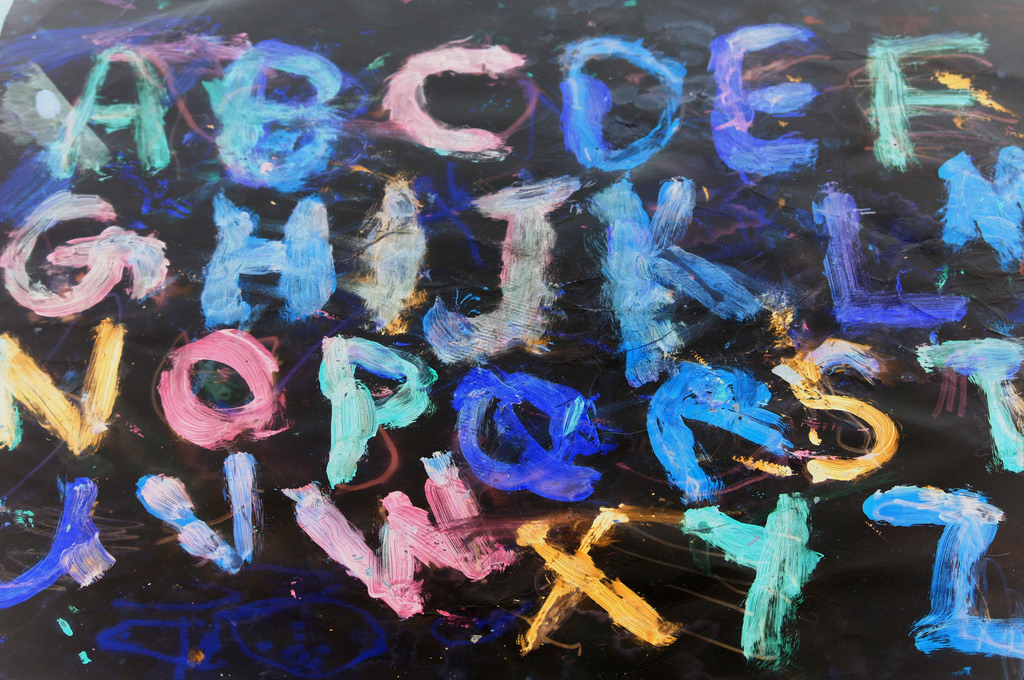In Search of the Tie That Binds
Photo: torkhum on Flickr CC BY-ND 2.0
In his article, John McKnight shares about two new approaches to create neighborhood ties: generating new means for being productive through Asset-Based Neighborhood Organizing and a Nebraska-based small-town community experiment creating new ways for visioning.
One way of classifying associations is in terms of whether or not they are space-bounded. The greatest number of associations are not space-bound. However, our focus has been upon those associations where a neighborhood or small town provides the boundaries of our associational concern. Most of the associations that are not space bound are based on affinity. They draw from a broad constituency of people with a common interest. The tie that binds them is their mutual interest and passion rather than the people next door.
What is the tie that binds people on a block?
The situation of associations bounded by space is quite different. Just because I live next door to several people does not mean that I see any basic affinity. So what is the tie that binds people on a block?
In recent years when I have met with a group interested in neighborhoods, I often ask the participants to identify whether they are over fifty. Then I ask them to describe their childhood experience in their neighborhood. The story is unusually common. Their story tells about how acceptable behavior was enforced and how they learned from and were supported by neighbors on the block. Then I ask people under 35 to describe their childhood experiences on their block. Their response is almost universally that the story the over fifty’s told was not their story. They don’t see the block as a point of primary relations because they were raised institutionally by outside systems. They usually add that in their adult life they know very few of their neighbors.
An important question for people interested in collective/communal decision making, is what happened to the common relationships of only two generations ago? How did most North Americans in a very short period of time become isolated in space? (One aspect of this phenomena is, of course, what Bob Putnam was reporting in Bowling Alone).
What happened to the common relationships of only two generations ago?
The over fifty story tells us that people in a local place were in significant common relationships. One reason is that they saw these relationships as necessary in order to fulfill their needs. In some ways, the relational local network was a safety net. It must be that our current neighborhood isolation is the result of people not seeing that they need each other – otherwise they would connect with each other. It is my hypothesis that the generational change in the neighborhood story results from the rapid transformation of local citizen producers to resident consumers. Today, people on a block see their needs being met by access to the marketplace, professionals and public programs. This process was magnified by the fact that neighbors who are women entered the marketplace and so the powerful daily presence of adults disappeared. Therefore, the only residual manifestation of the old community is the annual block party.
I may lack vision, but I don’t think we can go back to the old neighborhood. If being a neighbor is to once again become meaningful, I think we are going to have to discover how to create a new way.
It is in this context that we have discovered two new approaches to create ties that bind, enhancing both citizen productivity and decision-making.
The first has been named Asset-Based Neighborhood Organizing. This approach to isolated neighbors assumes that while people may not sense they need each other, each of them looks upon him or herself as endowed with gifts, skills, passions and knowledge that gives them their sense of personhood and value. However, there is no local structure or process that calls upon local residents to contribute these assets to their neighbors. The asset-based organizing process inspires local neighbors to identify their assets. It then invites the neighbors to contribute their assets by connecting with others who value the same attributes. The result is the creation of new affinity groups at the neighborhood level. These affinities are always building local social capital, initiating creative activity and providing a means for solving local problems. In sum, it reverses the consumer trend and calls for the productive possibilities of relationships on the block. It reveals why we need our neighbors, but it starts with what we can contribute which is always self-satisfying and empowering.
The Asset-Based Neighborhood Organizing approach reverses the consumer trend and calls for the productive possibilities of relationships on the block.
This approach is now being tested in neighborhoods in Edmonton, Vancouver, West Palm Beach and Appleton. It provides a fantastic continuing learning opportunity.
The second initiative is the one that we identified through the Nebraska Community Foundation. For three years I have joined our [ABCD Institute] faculty in working with that organization as it increases the decision making power in small communities.
The NCF has precipitated small groups of local citizens who have taken on the responsibility to approach local residents of some wealth and to ask them to contribute to a fund to support the future of their small hometown. In many towns this method has created a substantial endowment for the community’s well-being. Once the local fund has begun to generate substantial income, the local funding group is faced with a task that is not fundraising – how should the money be spent to enhance the future of our small town? In many of these towns, the result is creating various methods of citizen engagement that creates a vision and guides the use of the money based upon the popular decision-making.
The incredible thing is that the NCF has been so effective at precipitating these local groups that there are more than 250 of them, at least half in towns under 700 people. And at this point, they are a wonderful peer learning group of towns where new ideas come from effective local experiments rather than top down programs.
The NCF increases the decision making power in small communities in a way that new ideas come from effective local experiments rather that top down programs.
Conceptually, it is especially significant to learn that they are creating and then occupying the civic space in the community that is not filled by the town government. The space they fill is decision-making and investing for the future. I can now see how time limited how local governments are in the span of their decision-making. Everything is immediate and short term. There is no citizen vehicle to identify assets beyond public budgets and to make decisions about their allocation. I think that these local groups are a major invention and we will continue to follow their development and work on helping others learn about the process.
One way of defining a citizen is a person who has the collective power to create a vision and the means to be the producer of that vision. The Nebraska experiment is creating a new means for visioning. The Asset approach is creating a new means for being productive. Each way is an experiment in creating local ties that bind. Prospectively, both ways could be synthesized.
***
In the broadest sense, what is ahead for me is understanding more and more about the possible new ties that bind – when they happen, how they happen and why.
This article is reprinted from the Abundant Community.





